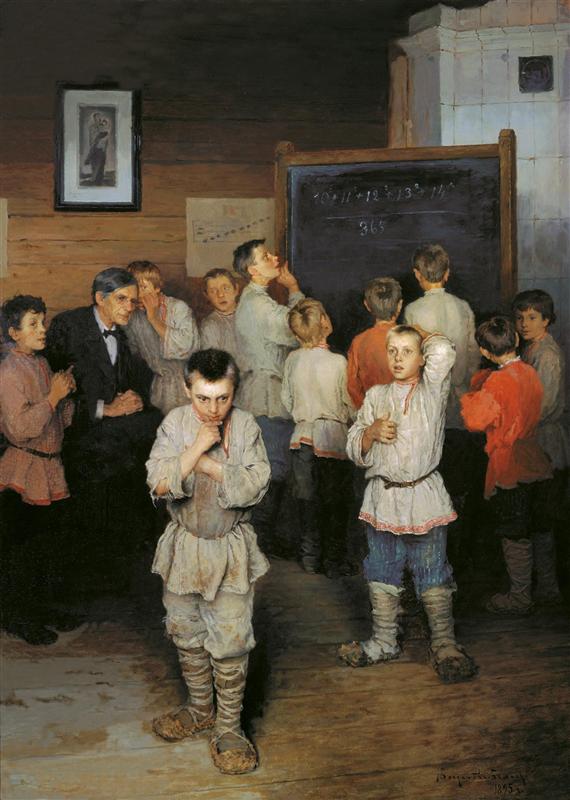The Moscow Puzzles, by Boris A. Kordemsky, Edited by Martin Gardner (320 pages)
This is one more book I received for my birthday, and is also related to Martin Gardner. Kordemsky (1907-1999) was a Russian high school teacher, and math and science writer. He wrote over 70 books and popular math articles, making him one of the more prolific Russian writers of recreational mathematics. The above book specifically represents a collection of 359 math puzzles, published in 1956. It was eventually translated into English by Dr. Albert Parry, then cleaned up, with units and references converted to feet, inches, dollars, etc., where allowed by the puzzle, by Martin Gardner. My copy states that it was published in 1971 by Charles Scribner’s Sons, but the amazon link says that this book came out June, 2017, from PMA publishing. I’m assuming it’s a reprint, but the copyright information on the flyleaf is confusing. Anyway, many of the puzzles here had also been made popular by Henry Dudeney and Sam Loyd, but Kordemsky put his own twists on them.
Martin states that in editing the puzzles he wanted to maintain their Russian feel as much as possible, and I think he’d succeeded. In fact, I really like the way the set-ups of the individual puzzles work, with references to steam locomotives, dacha, worker’s collectives and lathe workers – there’s a strong sense of someone living in the 1950’s Soviet Union talking about the people around them.
When I was in high school in the 70’s, my math teacher tried to get the class to learn how to solve problems on our own by posting similar problems on a flip chart tablet, and only telling us if our answers were right or not. Some of those problems mimic the ones in the Moscow Problems book, but I was never able to figure them out myself – I just wanted the solutions to be handed to me.
Going through this book now, I’m getting about 1/3 of the problems correct, but I’m not actively sitting down with a sheet of paper and a pencil to solve everyone of them on my own. I’m more interested in the theory behind the puzzles. However, there are two problems in specific that I really like – the impossible dovetail joint, and “a swimmer and a hat.” I’ve seen pictures of the dovetail joint on the net before, and I like seeing it showing up here in the book along with the solution. But, what makes the “swimmer” puzzle fascinating is that it’s a variation on George Gamow’s boat and whiskey bottle puzzle intended to demonstrate the importance of relative frames of reference, although Kordemsky doesn’t tie his version to special relativity.
When I was looking over the customer reviews for The Moscow Puzzles on the amazon.com page, I was struck by just how shallow the negative comments were. Most of the readers gave the book 5 stars, but there was a small number of people that gave it one star, either because they were math teachers unable to figure out how to steal the problems for use in their own classes, or because some of the puzzles used props (like coins, dominoes, or cardboard cutout figures) that they were too lazy to gather together, or make themselves. And, yes, many of the puzzles use old-fashioned or cultural-specific references (e.g. – steam locomotives, or rebuilding the country after WW II), which would need to be updated or altered to be relatable for modern American children. But still, those complaints are awfully petty. Anyway, if you’re an adult and you like learning, then these puzzles are still fun pastimes. Additionally, yeah, not all puzzles are strictly paper and pencil things. You can treat them as games, with boards and playing pieces, and even play against friends or family members. Or, cut out some of the figures and give them to children to play with. Mathematics does have that branch called “game theory,” after all.
Towards the end of the book, I did start skipping over puzzles that I had less interest in, and my accuracy rate plummeted below 1 out of 6 puzzles. Especially for the dominoes, and memorization tricks puzzles. But, things picked back up when I got to the second to the last chapter, with instructions on how to create any sized magic squares. And with the last chapter, which was a hodge-podge of prime numbers, the Fibonacci series, and figurate numbers. With the figurate numbers, which relate to the regular polygons, Kordemsky hints at the canon ball stacking problem that appears in Gardner’s Colossal Mathematics book, without actually giving the problem itself. Really, though, the best part of reading these kinds of books is that they sometimes refer to other, older subjects that require that I look them up on wikipedia, often leading to stuff that I like that I didn’t know existed before. A case in point is a sums-of-the-squares problem Kordemsky mentions that appears on the blackboard of a 1895 painting by Russian Bogdanov-Belsky, titled “A Difficult Problem” (according to Dr. Albert Parry’s translation). The problem, and the painting itself are shown below. I think it’s interesting.
The problem on the blackboard:
(10^2 + 11^2 + 12^2 + 13^2 + 14^2)/365 = ?

(Mental Calculation, In Public School, by Bogdanov-Belsky, 1895. From the wikiart page. )





















